Disclosure: This article contains affiliate links. We may earn a commission from purchases at no extra cost to you, which helps our travel content.
The first time I glimpsed the Aconquija Mountains rising majestically behind San Miguel de Tucumán, I felt that familiar flutter of excitement in my chest. These peaks, part of the pre-Andean range in northern Argentina, hold stories as layered as their geological strata – from ancient indigenous pathways to revolutionary hideouts during Argentina's independence struggles. Having explored mountain ranges across four continents, I can confidently say that Aconquija offers something truly special: a perfect blend of accessible adventure, rich cultural heritage, and landscapes that seem to change personality with every shift of light.
Getting Oriented: Tucumán as Your Base Camp
San Miguel de Tucumán makes an ideal launching point for your Aconquija adventure. This historic city, where Argentina declared its independence in 1816, offers comfortable accommodations and excellent regional cuisine to fuel your mountain explorations.
I recommend spending your first day acclimating to the altitude (about 1,500 feet in the city) while exploring the colonial center. The Casa Histórica de la Independencia museum provides crucial context for understanding the region's significance. For dinner, head to any local parrilla serving the region's famous empanadas tucumanas – smaller and juicier than their Buenos Aires counterparts.
Before heading into the mountains, stock up on supplies at Mercado del Norte. I always make sure my hydration pack is ready for long days on the trails. The mountain weather can be unpredictable, so layers are essential – I never regret bringing my packable down jacket even in spring when nights can get surprisingly chilly.

💡 Pro Tips
- Book accommodations in Tucumán's central area for easy access to transportation options
- Exchange currency at official banks rather than street vendors for better rates
- Try local specialties like locro (hearty stew) and humita (corn-based dish) for authentic flavors
Tafí del Valle: Gateway to the Aconquija Range
An hour and a half drive from Tucumán brings you to Tafí del Valle, a picturesque mountain town nestled at 6,500 feet elevation. This charming settlement sits in a verdant valley surrounded by the Aconquija peaks and serves as the perfect base for your mountain adventures.
During my last visit with a group of friends from Rome, we stayed at a family-run hostería that offered hearty breakfasts featuring local cheeses – Tafí is famous for its artisanal dairy products. The cool mountain air and slower pace immediately put us in the right mindset for exploration.
From Tafí, numerous hiking trails branch out into the mountains. The Jesuit ruins of La Banda offer a gentle introduction to the area's history and landscapes. For something more challenging, the trail to Cerro Pelao rewards with panoramic views of the entire valley. I recommend wearing proper hiking boots as some paths can be rocky and uneven.
Don't miss the Pre-Columbian ruins of Quilmes, just a day trip away. These ancient stone structures – once home to the indigenous Quilmes people who resisted Spanish colonization until the late 17th century – offer a profound connection to the region's original inhabitants.
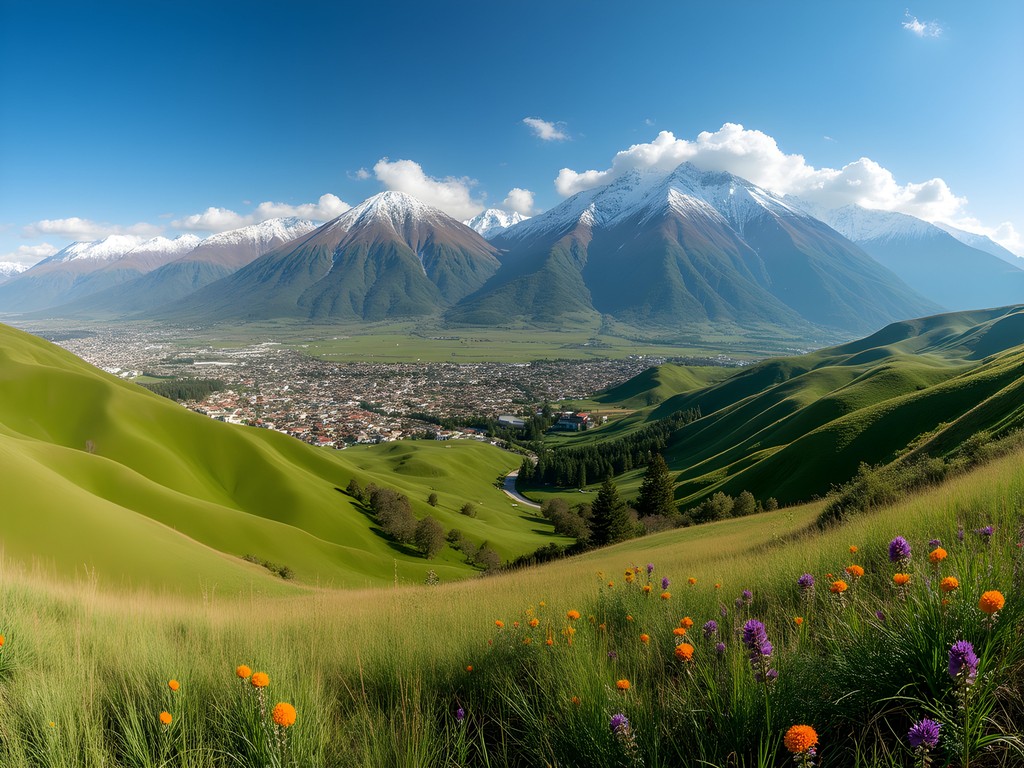
💡 Pro Tips
- Rent a car in Tucumán for flexibility in exploring the region
- Bring sun protection even in spring – the mountain sun is intense at higher elevations
- Try the local specialty of quesillo con miel de caña (fresh cheese with sugarcane syrup)
El Infiernillo Pass: Challenge and Reward
For those seeking a more adventurous experience, El Infiernillo Pass offers one of the most spectacular routes through the Aconquija range. At over 10,000 feet above sea level, this winding mountain road connects Tafí del Valle to the Calchaquí Valleys beyond.
During our spring expedition, my group hired a local guide with a 4x4 vehicle to navigate the pass. The name El Infiernillo (Little Hell) might sound intimidating, but the views are absolutely heavenly. As we climbed higher, the vegetation changed dramatically – from lush valley greenery to high-altitude grasslands dotted with giant cacti.
For serious hikers, the trail from El Infiernillo to Cerro Ñuñorco offers a challenging day trek. I always pack my trekking poles for these higher elevation hikes – they're invaluable for the steep sections and stream crossings. The reward at the summit is worth every step: a 360-degree panorama of the Aconquija range and valleys beyond.
The most magical moment of our journey came when we encountered a small gathering of local musicians at a mountain shelter. They were practicing for an upcoming festival, and we spent an unforgettable hour listening to the haunting sounds of Andean flutes and drums echoing across the mountains – a reminder that cultural immersion often happens in the most unexpected places.
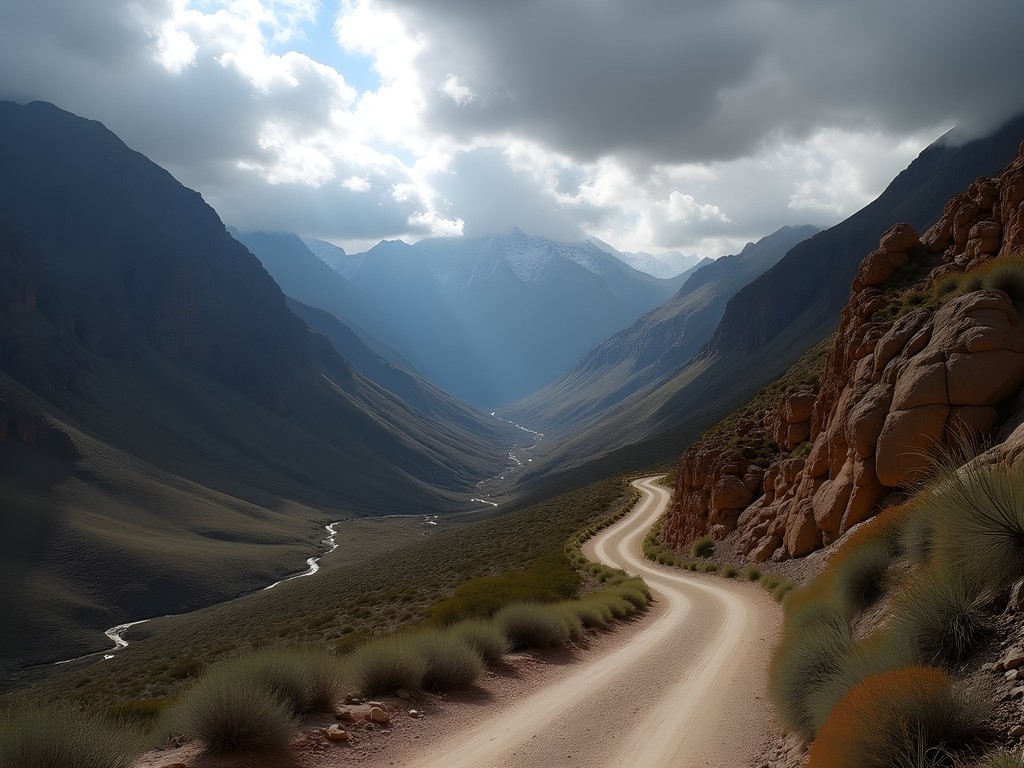
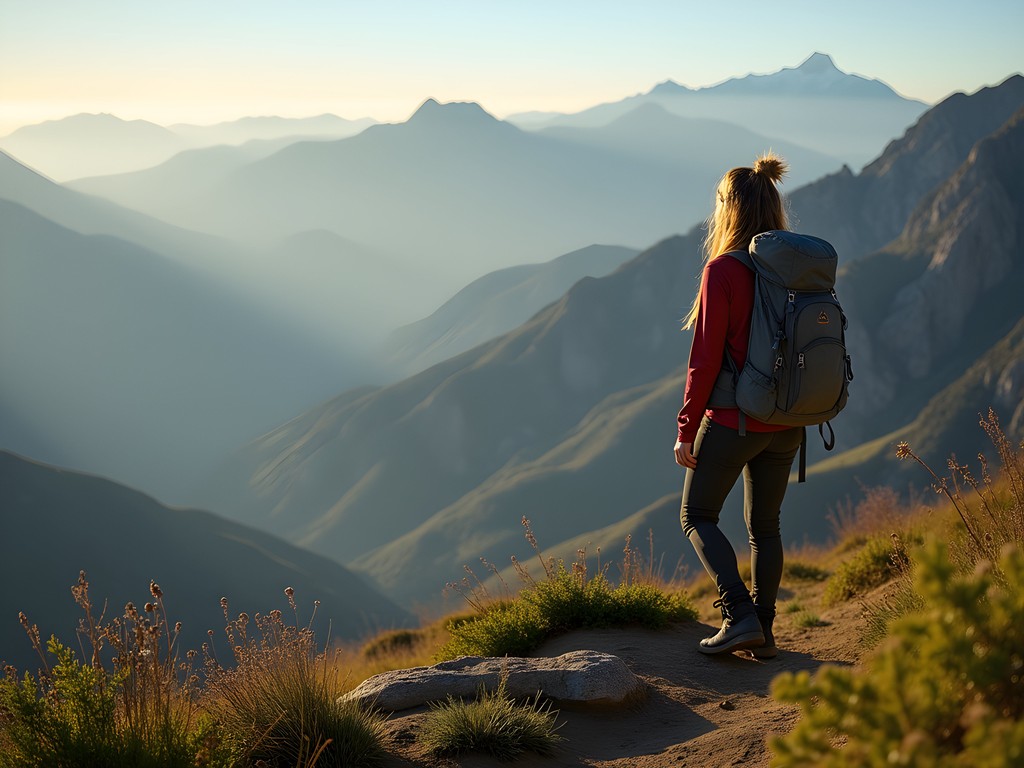
💡 Pro Tips
- Start early for mountain hikes to avoid afternoon weather changes
- Carry extra water and high-energy snacks – facilities are limited at higher elevations
- Learn a few basic Spanish phrases to connect with local mountain guides
Cultural Immersion: Festivals and Traditions
What makes the Aconquija region truly special is how the mountains have shaped local culture over centuries. If your timing allows, plan your visit around one of the area's vibrant festivals. During spring (September-November in Argentina), you might catch the Pachamama ceremonies honoring Mother Earth or the Festival Nacional del Quesillo celebrating Tafí's famous cheeses.
Our group was fortunate to witness preparations for a local dance festival in a small mountain community. Having studied traditional dance forms across Latin America, I was fascinated by the unique choreography that mimics the condors that soar above these peaks. The locals were delighted when I showed interest and even invited me to learn a few steps.
For those interested in traditional crafts, the mountain villages are known for their handwoven textiles using techniques passed down through generations. I purchased a beautiful alpaca scarf from an elderly weaver who explained how the natural dyes are created from local plants – each color representing different mountain elements.
To document these cultural encounters, I rely on my mirrorless camera which captures beautiful images even in challenging lighting conditions. For those interested in local traditions, I recommend picking up a copy of travel guide which offers excellent background on the region's cultural heritage.

💡 Pro Tips
- Learn about Pachamama traditions before participating in ceremonies to show proper respect
- Ask permission before photographing local artisans or their work
- Support community tourism initiatives rather than large tour operators
Final Thoughts
As our week in the Aconquija Mountains drew to a close, I found myself already planning a return trip. These mountains offer so much more than just scenic vistas – they're a living museum where geology, history, and culture intertwine in fascinating ways. Whether you're hiking to ancient ruins, sharing mate tea with local guides, or simply watching the light change across the valleys at sunset, the Aconquija range delivers experiences that resonate long after you've descended back to Tucumán.
For groups seeking a blend of adventure and cultural immersion, this region strikes a perfect balance – challenging enough to feel accomplished, accessible enough to enjoy without extreme preparation. The mountains have a way of bringing people together, and our group left with stronger bonds and a deeper appreciation for Argentina beyond its famous cities and wine regions.
As we say in the dance world, sometimes you need to move to truly understand a place. The Aconquija Mountains invite exactly this kind of full-bodied exploration – one where every sense engages with the landscape and its people. I hope you'll accept their invitation.
✨ Key Takeaways
- The Aconquija Mountains offer accessible adventure with rich cultural context
- Spring (September-November) provides ideal hiking conditions with wildflowers and festivals
- Combining Tucumán city exploration with mountain adventures creates a balanced itinerary
- Local guides enhance the experience with historical knowledge and access to community events
📋 Practical Information
Best Time to Visit
Spring (September-November) or Fall (March-May)
Budget Estimate
$75-150 per person per day including accommodations, transportation, and activities
Recommended Duration
7-10 days
Difficulty Level
Moderate With Options For Both Easy And Challenging Activities

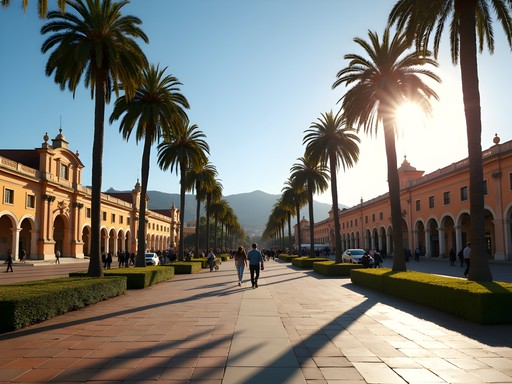
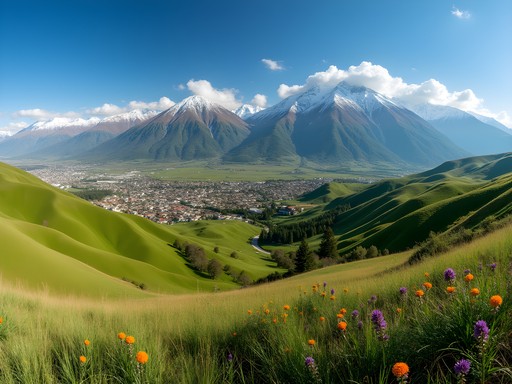
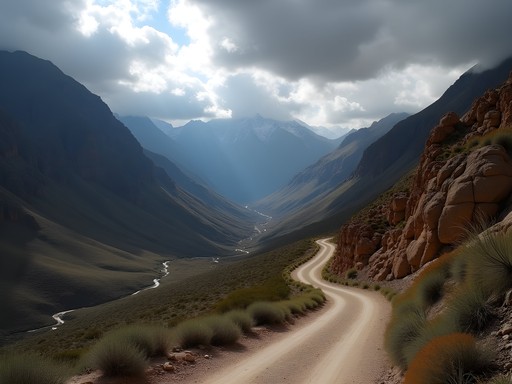



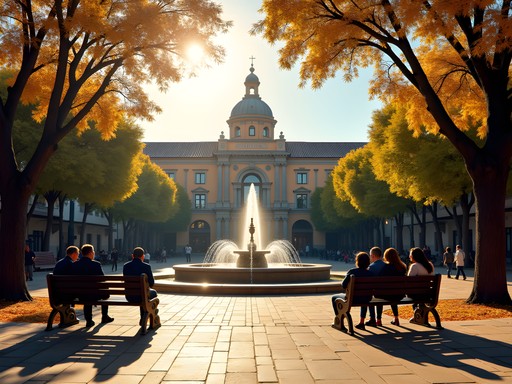


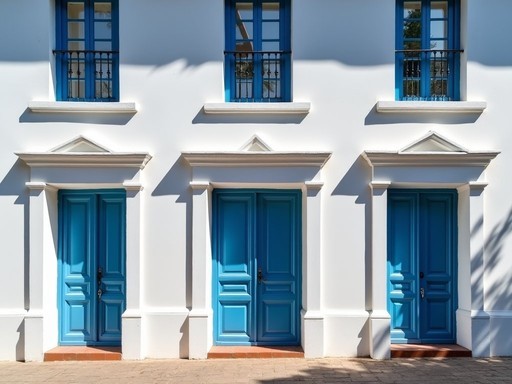

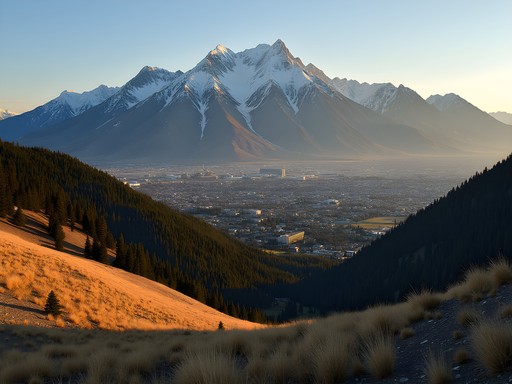

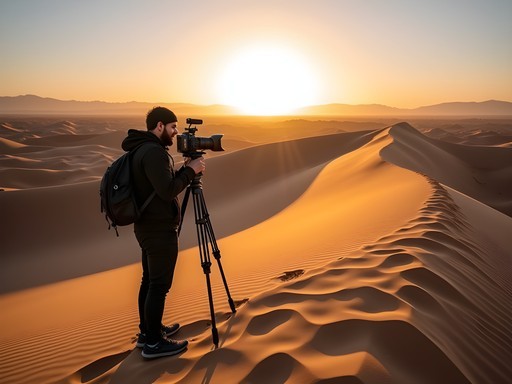
Comments
ArgentinaFan
Those photos of El Infiernillo Pass are incredible! Adding this to my bucket list immediately.
mountain_wanderer
Going to Tucumán in December! How's the weather that time of year for hiking? Any trails you'd recommend avoiding in summer?
Elena Gomez
December is summer there, so expect afternoon thunderstorms in the mountains. Start hikes early! The higher trails around El Infiernillo can be quite exposed, so bring sun protection. The trails through Los Alisos National Park might be more comfortable with some tree cover.
Sage Dixon
Adding to Elena's advice - December is also when some of the mountain flowers bloom spectacularly! The trails to Cascada Los Pizarros can get slippery after rain though, so proper footwear is essential.
mountain_wanderer
Thanks both! Will definitely pack for those afternoon storms and plan early starts.
ArgentinaTraveler
If anyone's planning a trip, the local wine from Cafayate (just a bit further north) pairs perfectly with that Tafí cheese Elena mentioned! Worth the detour.
blueking
Torrontés wine! So good and so underrated globally.
Sage Dixon
Elena, your post brought back so many memories! I hiked through the Aconquija range last year and was completely unprepared for how diverse the ecosystems are. One minute you're in cloud forest, the next in high-altitude grasslands. For anyone planning a trip, I highly recommend spending at least one night in Tafí to see the stars - some of the clearest night skies I've ever witnessed. The local guides in the area are incredible too, especially for the more challenging routes. I used my trekking poles which were absolute lifesavers on those steep descents near El Infiernillo. Did you make it to any of the pre-Columbian ruins in the area?
Elena Gomez
Thanks Sage! Yes, we visited the Quilmes ruins which were fascinating, though they're a bit further from the Aconquija core area. The historical context really added another dimension to the natural beauty. And totally agree about the night skies in Tafí - absolutely magical!
greenlife
Just got back from Tucumán last month! The El Infiernillo Pass was absolutely breathtaking, though that altitude is no joke. We stayed in Tafí for 3 nights which was perfect to acclimatize before tackling the higher trails. Did you try any of the local cheese? The quesillo with honey was my favorite post-hike treat. The bus ride from San Miguel was an adventure itself - those hairpin turns! 😅
Elena Gomez
So glad you enjoyed it! The quesillo is amazing, right? I could eat it every day. And yes, those bus rides are not for the faint-hearted, but the views make it all worth it!
greenlife
Absolutely! Would go back just for the cheese honestly. Did you catch any of the local festivals while you were there?
Elena Gomez
I was lucky to catch the Pachamama ceremony in early August. Such a profound experience! The connection to the earth is so genuine there.
roamwanderer
Just got back from Tucumán region last week! For anyone planning a trip, don't miss the yerba mate workshops in some of the small villages near Tafí. The locals showed us the whole process and it gave me a whole new appreciation for my morning mate. Also, the stargazing in the mountains is unbelievable - we could see the Milky Way so clearly!
summerstar
Ooh I didn't know about the yerba mate workshops! Adding that to my list for October. Did you need to book in advance?
roamwanderer
We just asked at our guesthouse and they arranged it for the next day. Super casual and authentic!
Olivia Sanchez
Elena, your post brought back such vivid memories! I was in Tafí del Valle during the Pachamama festival last year, and it was one of the most moving cultural experiences of my life. The way the locals honor Mother Earth with offerings and ceremonies feels so authentic and unchanged by tourism. We hiked up to a viewpoint above the valley at dawn and watched the mist slowly reveal the patchwork of fields below. One tip for anyone heading there: the temperature swing from day to night is dramatic, so layers are essential. I practically lived in my merino base layers which were perfect for the chilly mornings and evenings but didn't overheat during sunny afternoons. Did you try the local speciality, locro? That hearty stew was my daily reward after hiking!
Elena Gomez
The Pachamama festival is incredible, isn't it? So meaningful and powerful. And yes to the locro! I think I had it almost every night - perfect after those long hiking days. That view above Tafí is one of my favorites too.
wanderzone
Been to Tucumán but missed these mountains. Big mistake apparently!
Elena Gomez
Definitely a reason to go back! The mountains are the region's hidden treasure.
coffeeway
Those mountain views are insane! Adding to my bucket list ASAP.
Mason Ferrari
Elena, your analysis of the transportation options is spot-on. I visited the Aconquija range last spring and found the local bus system surprisingly efficient, though I'd add that travelers should be prepared for schedule changes without notice - a common occurrence in this region. The microclimate variations you mentioned are fascinating; I recorded a 15°C temperature difference between Tucumán and El Infiernillo within the same hour. For those planning to photograph the region, I'd recommend bringing a polarizing filter to manage the intense Andean light. The archaeological sites near Tafí deserve more attention than they typically receive in travel literature - the pre-Columbian stone structures offer valuable insights into indigenous engineering techniques.
Venture X
Premium card with 2X miles, $300 travel credit, Priority Pass